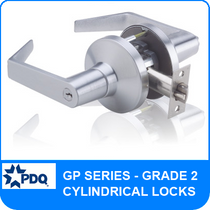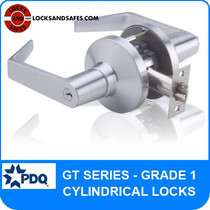
Most popular





Be sure to visit our resources technical library!-It literally contains THOUSANDS of indespensable technical documents that are not easy to find!
View Resources